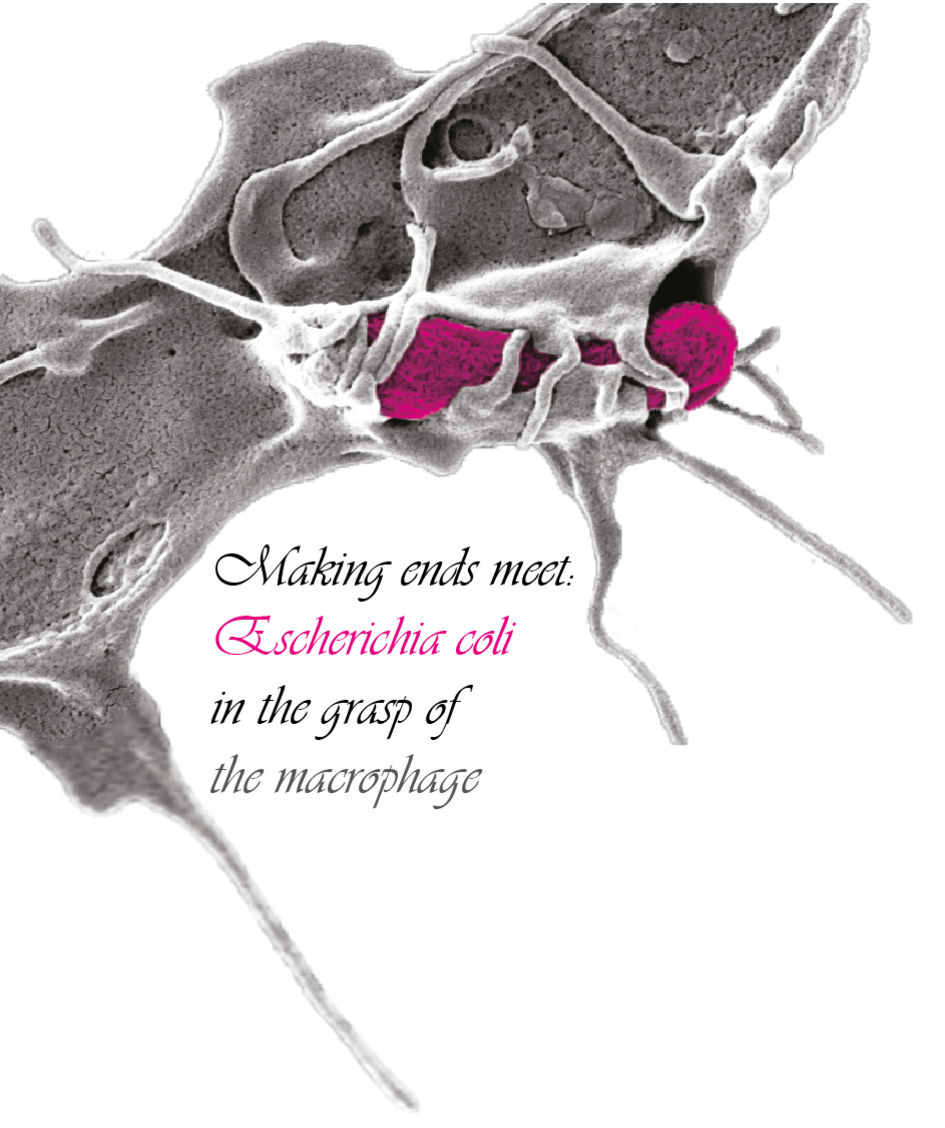
Forces matter in molecular systems engineering. Engineered microsystems, when exposed to living tissues, will be strained by mechanical forces, for example when exposed to shear forces, or when colliding with blood vessel walls or grabbed by our immune cells. Since one central goal of this NCCR is to engineer a new generation of engineered micro-or nanosystems that can interfere at the functional level with cells and tissues in vivo, we are particularly interested in asking how their mechanical characteristics have to be designed to best serve their functions. While major efforts in the past went into the chemical design of drug delivery systems, the mechanobiology of cells and tissues, and how this co-regulates uptake and other cell functions, has been mostly ignored in their design.
To learn from nature how to best engineer molecular factories that survive the strenuous conditions found in living organisms, we currently investigate the methods by which cellular microorganisms interact with biological systems, and quantify the forces involved and how this knowledge can be utilized to engineer synthetic micro and nano-objects. Once microbes enter the body, for example, they often adhere to tissue surfaces or fibers. It is thus not sufficient that macrophages and other immune cells recognize just the biochemical signature of molecular factories. Either one can design these molecular factories to be “invisible” to the immune system.
Alternatively, if the goal is to have these factories enter cells, it is important that cells can apply sufficient forces to rupture the adhesive contacts by which these objects hold on to tissue surfaces, and that the cells can subsequently form a phagocytotic cup around the objects which then allows their phagocytosis. One central goal of us is thus to develop assays that allow us to test for mechanical processes by which cells of different organs as well as circulating cells interact with microbes and how this can best mimicked by engineered biomimetic objects.
An associated goal is to develop cellular read out systems to learn how these mechanical processes affect cell signaling responses. Since we anticipate a broad range of medical applications made possible by the engineered microsystems of this NCCR, our goals include to ask how we need to learn (1) how sessile cells (e.g. fibroblasts) and circulating immune cells (e.g. macrophages) recognize and interact with the surface chemistry, shape and physical properties of the microsystems, and (2) how to (re)engineer such containers either to promote, for example, the uptake by cells for longterm applications in immune therapy, or to reduce the uptake by cells for other applications. This includes investigating how size and shape affect uptake by macrophages and to analyze spatial-temporal evolution of the forces involved, and how the mechanical forces cells apply to such engineered objects impede or steer cellular signaling.
Read more:
Read more about the Vogel-Group here.